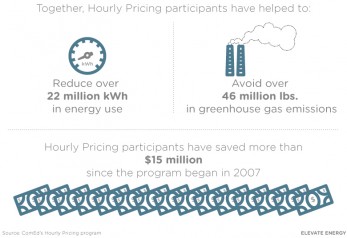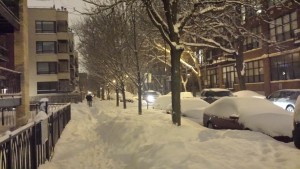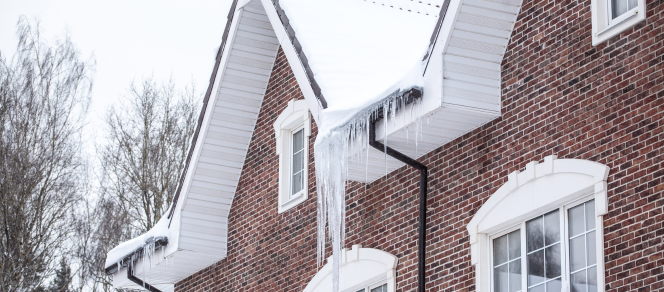Even with Polar Vortex, Hourly Pricing Participants Saved in 2014
ComEd’s Hourly Pricing program allows participants to pay the hourly, wholesale market price for electricity. By conserving electricity usage when prices are high through simple behavior changes, customers can increase their savings. Elevate Energy administers the program and provides customer services to approximately 11,000 participants to help them manage costs, including high price alerts by email, phone or text, an online bill comparison tool, a mobile app, and education to help drive behavior change and maximize program benefits.

Elevate Energy conducts ongoing research to assess savings on ComEd’s Hourly Pricing program and encourage continuous improvement. Our Research team compared fixed-price and hourly rates by calculating how many fixed-price customers would have saved money in 2014 if they had been enrolled in Hourly Pricing. After crunching the numbers, the results are in and they’re still pretty good.
In 2014, 23% of ComEd’s fixed-price customers who have a smart meter would have paid less for electricity if they had been enrolled in Hourly Pricing without shifting any of their usage. This is much lower than the findings of previous research for 2011-2013 (in 2013, 97% of ComEd customers with smart meters would have saved money, with mean annual savings of $123.52). This can be attributed to two factors that created very high market prices for electricity: extreme cold weather during the polar vortex weather event, and large increases in the capacity charge paid by Hourly Pricing customers.
 In Chicago, the winter of 2014 was the coldest in over a century. January 6 and 7 broke temperature records with a low of -16ᴼF (-41ᴼF with wind chill). Electricity generators experienced unplanned outages for 22% of generation capacity. Combined with high demand, this drove hourly prices to extreme levels, peaking at $1.81 per kWh (typical hourly prices in winter are around $0.04 per kWh). Customers enrolled in Hourly Pricing responded to these extreme prices by reducing electricity use by over 10%, which allowed them to break even with average savings of $1 for the year.
In Chicago, the winter of 2014 was the coldest in over a century. January 6 and 7 broke temperature records with a low of -16ᴼF (-41ᴼF with wind chill). Electricity generators experienced unplanned outages for 22% of generation capacity. Combined with high demand, this drove hourly prices to extreme levels, peaking at $1.81 per kWh (typical hourly prices in winter are around $0.04 per kWh). Customers enrolled in Hourly Pricing responded to these extreme prices by reducing electricity use by over 10%, which allowed them to break even with average savings of $1 for the year.
Since fixed-price customers were not exposed to extreme high prices and therefore did not conserve in response to those prices, they would have experienced large mean losses of 21% during January-March had they been on Hourly Pricing. Almost none of the fixed-price customers would have saved money during the polar vortex without adjusting their usage, but in April-December the savings rate was higher and 44% would have saved on Hourly Pricing.
These extremes are not likely to occur again. PJM, the regional transmission organization that coordinates the electricity market and grid in 13 states including Illinois, has changed grid operations to prevent extreme prices in future winters, including helping generators with cold weather resiliency and creating a market to guarantee capacity during the winter as well as the summer.
In addition, 29% of customers enrolled in the Low-Income Home Energy Assistance Program (LIHEAP) would have saved money on Hourly Pricing. This indicates that even during a difficult year, hourly pricing programs are less likely to harm low-income customers.
To see a full discussion of these findings, read the Hourly Pricing Performance vs. Fixed Price Rate During 2014 fact sheet.
Looking to the future, we know extreme weather events that rendered Chicago an immobile winter not-so-wonderful-land in 2014 are likely to happen again. Programs such as Hourly Pricing save participants money while reducing stress on the grid and lowering carbon emissions. These programs work, and with the changes made after the polar vortex, we think a lot more utility customers can warm up to the idea of saving every month on their utility bill.
Want to learn more? Visit http://hourlypricing.comed.com/ or call 888-202-7787.



